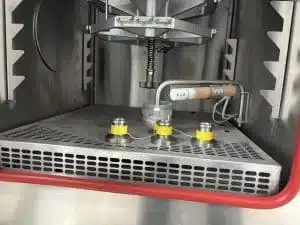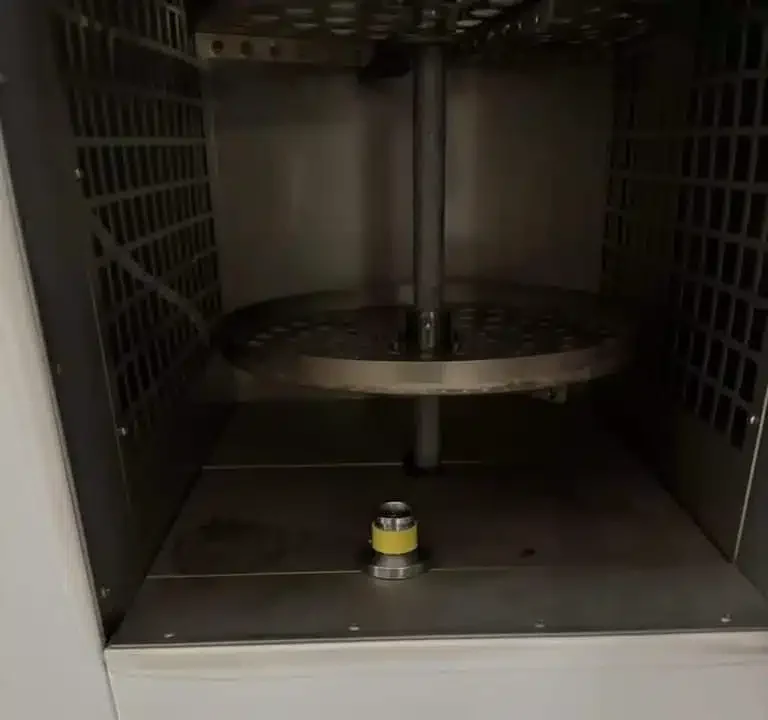Ozone and Rubber Deterioration
Comprehending the Correlation Between Ozone and the Degradation of Rubber.Comprehending the Correlation Between Ozone and the Degradation of Rubber.
Understanding the effects of ozone on rubber is indeed crucial for engineers and designers, especially when creating products intended for outdoor or ozone-rich environments. Ozone, even at low concentrations, can lead to significant degradation of rubber materials over time, impacting their performance and lifespan.
The primary effect of ozone on rubber is the occurrence of cracking, particularly along exposed, stretched, or stressed areas. This phenomenon, often referred to as dry rotting, occurs due to the breakdown of the rubber’s molecular structure by ozone-induced free radicals. This degradation can compromise the integrity and functionality of rubber components, posing safety and reliability concerns in various applications.
Different rubber polymers exhibit varying degrees of resistance to ozone degradation. Generally, less saturated rubber polymers are more susceptible to ozone effects because they contain a higher number of double and triple chemical bonds in their structure. These unsaturated bonds become targets for ozone-induced free radicals, leading to the deterioration of the material.
EPDM rubber stands out for its exceptional stability in ozone-rich environments, making it a preferred choice for applications requiring high ozone resistance, such as car door seals and weather stripping. The inherent resistance of a rubber material dictates its suitability for specific applications, ensuring longevity and performance under challenging environmental conditions.
To assess a rubber material’s behavior when exposed to ozone, standardized test methods like ASTM D1171 are employed. These methods provide a systematic approach to evaluating ozone resistance and can determine whether a material meets predetermined criteria for pass or fail conditions. Additionally, these tests can track the growth rate of cracks in the material, offering insights into its durability and deterioration over time.
Utilizing ozone test chambers, such as the Mast/Keystone 700-10LTA, allows for controlled exposure of rubber specimens to ozone under simulated environmental conditions. By subjecting specimens to predetermined strains and monitoring ozone concentration levels, engineers can accurately assess a material’s performance and predict its lifespan in real-world applications.
Overall, understanding the effects of ozone on rubber and employing appropriate testing methodologies are essential steps in ensuring the durability, reliability, and safety of rubber products in diverse applications.

Preparing Modules for Testing
Preparing Modules for Testing
To prepare the modules for testing, the modules are first acclimated to room temperature for 70-72 hours in a lab setting before being transferred to an ozone-free chamber for an additional 70-72 hours at 40°C. This process encourages the waxes within the material to rise to the surface, enhancing rubber protection.
Testing modules in an Ozone Chamber
The standard testing initiates with an ozone concentration of 50±5 parts per hundred million (pphm) for 72 hours. Subsequently, the test modules are extracted and evaluated based on two primary criteria: A) the extent of cracking under 2x magnification, and B) their compliance with the specified benchmark. It’s important to mention that these modules are frequently assessed at the 24-hour and 48-hour intervals as well.

EPDM Rubber, Silicone Rubber, and HNBR Rubber
Some of the most widely used rubber compounds in the industry encompass Ethylene Propylene Diene Monomer (EPDM) rubber, silicone, Hydrogenated Nitrile Butadiene Rubber (HNBR), and nitrile. EPDM, silicone, and HNBR typically exhibit excellent performance, often achieving a commendable rating of 0 when assessed against ozone degradation specifications.
Nitrile (Buna-N) Rubber
On the contrary, nitrile (Buna-N) lacks substantial ozone resistance, frequently exhibiting outer module cracks. Consequently, nitrile typically receives a comparably inferior rating, highlighting why, despite its availability, it may not always be the optimal choice. Notably, a significant flaw of nitrile lies in medical device applications. While initial testing may yield satisfactory results, field testing often reveals failures due to ozone exposure, sometimes evident even by merely allowing the medical device to sit on a desk for an extended period.
Occasionally, when dealing with materials recognized for their high ozone resistance, like ethylene propylene, certain product developers opt to extend the exposure duration to adhere to the latter portion of the testing procedure. In such instances, the duration within the ozone chamber is prolonged to six weeks, with the test specimens retrieved every two weeks for inspection to detect any indications of cracking.
Underwriters Laboratories (UL) conducts another extended exposure application through the test method UL 157, which evaluates compounds for their suitability against both atmospheric and generated ozone. This method involves subjecting mounted specimens to specific conditions: an ozone partial pressure of 90-110 millipascals (MPa) for 70 hours at a temperature of 40 ±2°C (104 ±3.6°F) for applications involving atmospheric ozone, and an ozone partial pressure of 10,000 – 15,000 millipascals (mPa) for 70 hours at the same temperature for applications involving generated ozone.
Some developers opt for an alternative approach within this test method, utilizing outdoor exposure instead of a controlled chamber. In this method, the parts are positioned facing south at a 45° angle from the ground for exposure. The benefit of this technique lies in achieving real-time weathering exposure, offering a more authentic assessment of the material’s performance. However, the same real-time exposure can also pose a challenge. It’s often impractical to wait for such a prolonged duration to observe the onset of deterioration, particularly when utilizing a material resistant to weathering and ozone.
Some developers opt for an alternative approach within this test method, utilizing outdoor exposure instead of a controlled chamber. In this method, the parts are positioned facing south at a 45° angle from the ground for exposure. The benefit of this technique lies in achieving real-time weathering exposure, offering a more authentic assessment of the material’s performance. However, the same real-time exposure can also pose a challenge. It’s often impractical to wait for such a prolonged duration to observe the onset of deterioration, particularly when utilizing a material resistant to weathering and ozone.
When ozone attacks rubber polymers, compounders employ waxes and antiozonants—chemical additives in the formulation that scavenge free radicals generated by ozone before they can harm the polymer backbone—to safeguard the rubber. The waxes emerge on the surface, forming a protective layer that slows down ozone penetration. This phenomenon is often observable when purchasing new tires, as consumers can notice the wax coating on the tire surface. Consequently, individuals buying new bicycle or motorcycle tires are often advised to ride slowly initially to remove the wax and ensure proper road friction before regular use.
EPDM, silicone, HNBR, neoprene, FKM, and Fluorosilicone rubber demonstrate superior resistance to ozone, while nitrile, natural rubber, and SBR are more prone to ozone damage. When designing, it’s essential to assess whether the rubber component will encounter ozone exposure, even during storage. Considerations should include the desired lifespan of the part once exposed and the proximity of electrical motors or devices to the rubber component. Addressing these critical design questions is paramount before selecting the appropriate rubber material.
Have a question? Please fill out the form below to receive information regarding your inquiry. You may also give us a call at (626) 965-9966.
